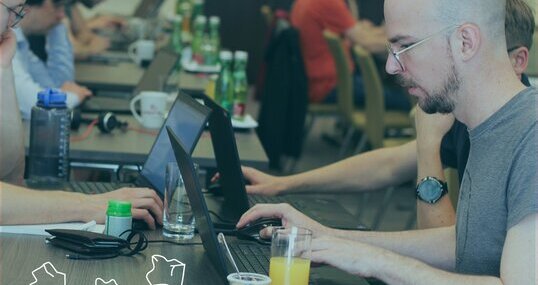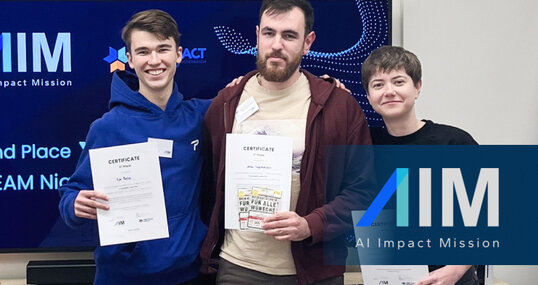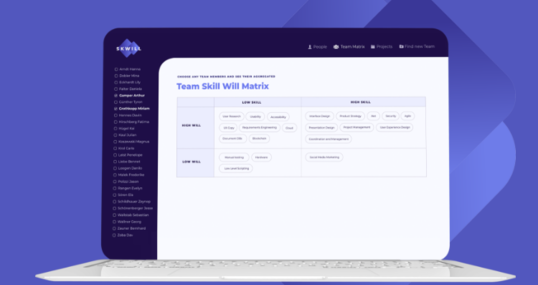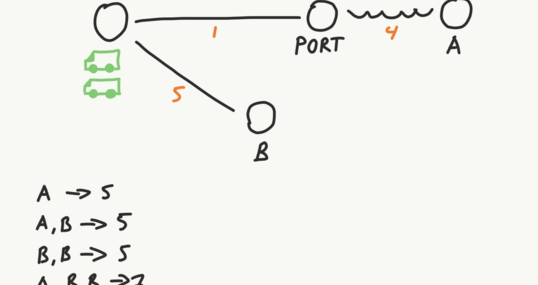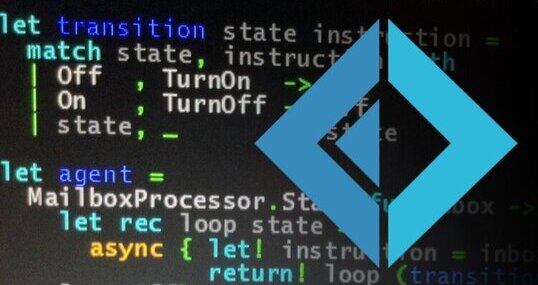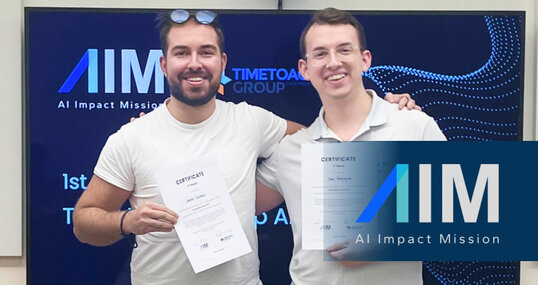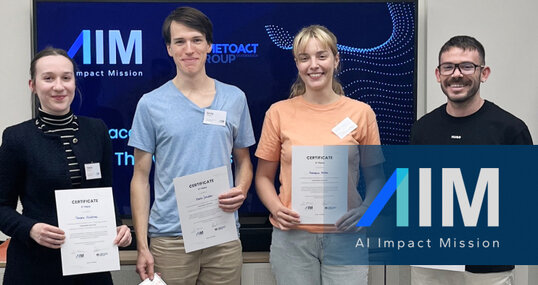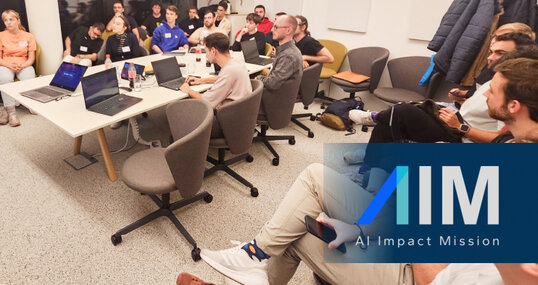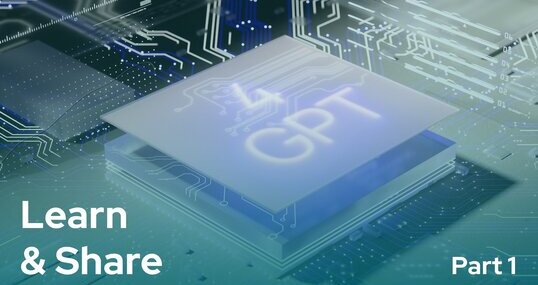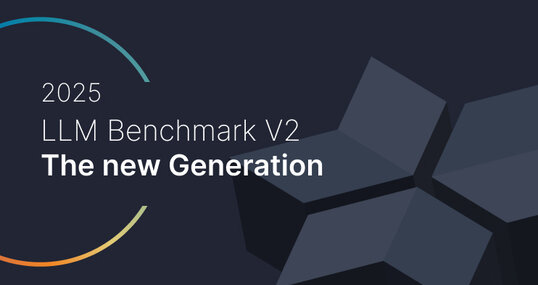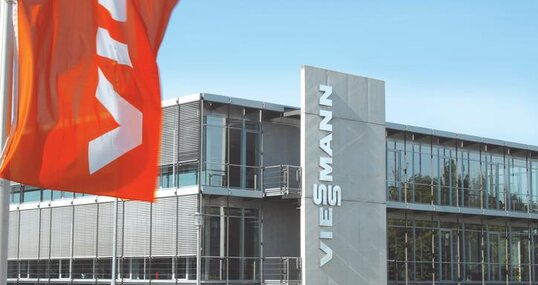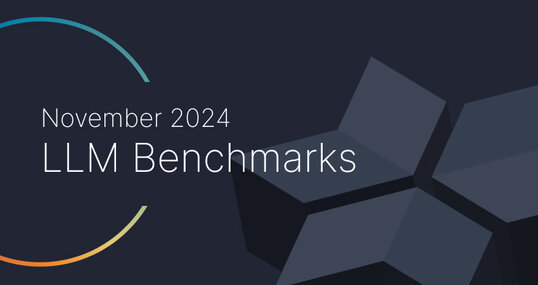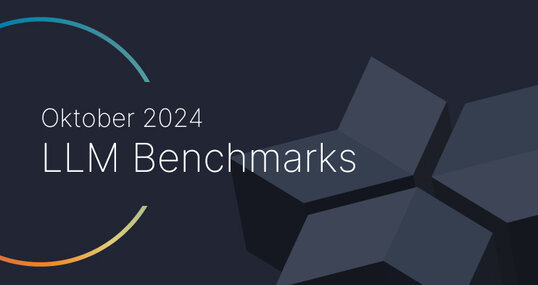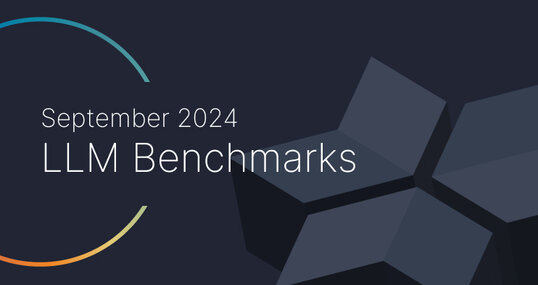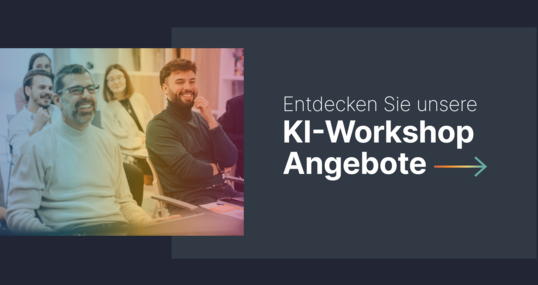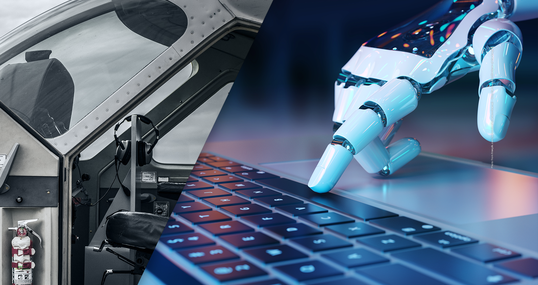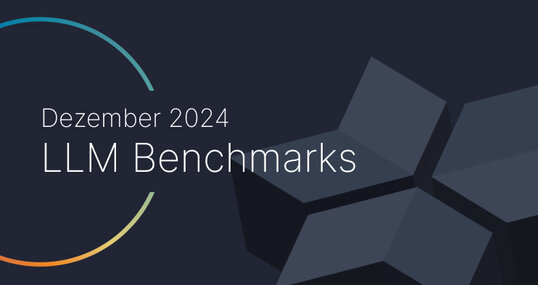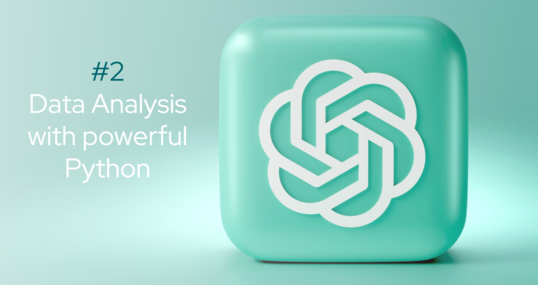“It is far better to do the right thing wrong than to do the wrong thing right.”
— Russell L. Ackoff
When modernizing or building systems, one major challenge is finding out what to build. In Pre-Covid times on-site workshops were a main source to get an idea about ‘the right thing’. But during Covid everybody got used to working remotely, so now the question can be raised: Is it still worth having on-site, physical workshops?
Painting a picture of the problem
Covid was a great boost for collaboration tools like Miro, Mural, and now even Figma. With these tools, you can collaborate in real-time and still use a lot of idioms of a physical workshop, like Post-ITs, Tags, or Scribbles. These tools do not force you into any premature structure — like e.g. Visio or most other graphic tools do. But the best thing is that everything is nicely stored, bad handwriting does not matter and items can be copied & pasted at will.
In addition, running and scheduling these remote workshops is way easier, especially if some people are living in different locations.
It seems nowadays physical workshops provide no, or little value, over their remote counterparts. But is this the case? In the following sections I’d like to walk you through a workshop series where we’ve taken a hybrid approach mixing on-site and remote workshops to find out how to modernize an existing system.
Unleashing our problem-solving skills
In our situation, our client had an existing system to support a product of theirs, and they wanted to modernize and rethink the processes behind the system. Trustbit was asked to help and guide them through a series of workshops to reach their goal.
On our side, the main challenge was that we, as a team, are scattered around Austria and the client’s office was located near Vienna. From this point of view, it would have been convenient to run remote workshops, because it would have spared us 3 – 5 hours of travel time, just to meet with the client
Our hybrid approach
Nevertheless, we decided that on-site workshops would be in the best interest of our client, but we still wanted to limit our traveling time: so we planned for a hybrid approach.
Understand the Context
We started with an on-site Event Storming to understand the context a bit better and to get to know the people and their relations. The Event Storming helped us not only visualize the process but also capture important vocabulary, issues, and technical systems. While there are several ways to run remote Event Storming sessions, in my (and others') experience they are not as good to ‘kick off’ a workshop series, dive into the topic and get to know the involved people.
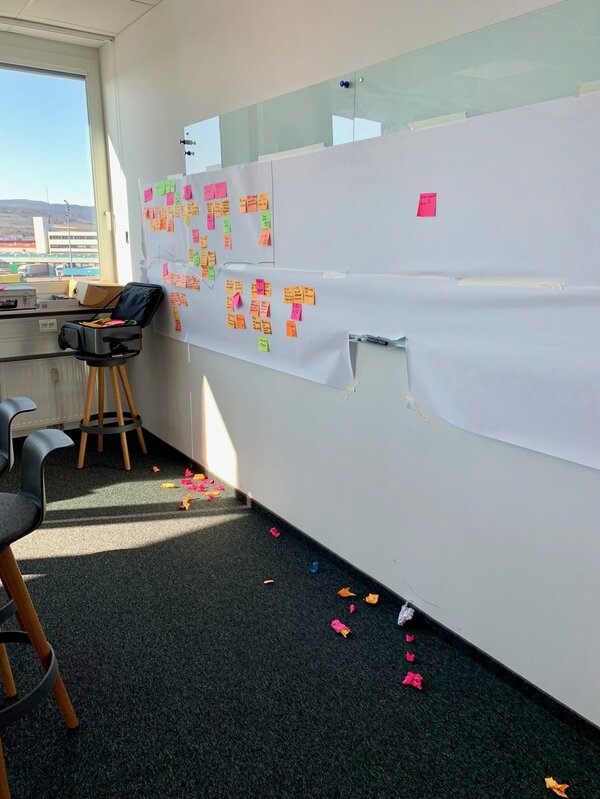
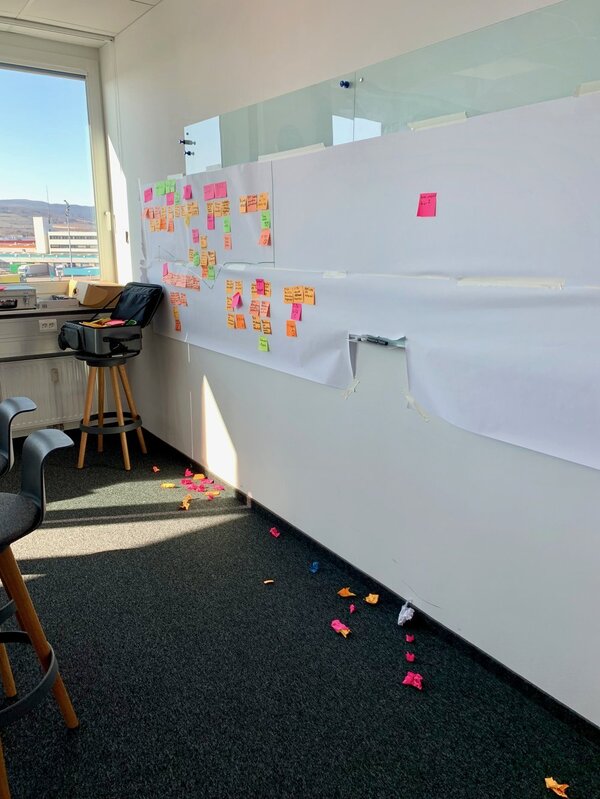
Add Details
Afterward, we digitized the output — the Event Storming Board — with pictures and uploaded it to a Miro-Board. This was the preparation for our next focus: get a deeper understanding of the existing technical systems and to experience the process, that we captured as a “Big Picture” on the Event Storming Board, in a more detailed, real life perspective. As this process is already a digital one, it was just perfect to observe the daily work of the involved people in a remote format.
With the consent of the users, we captured their work routine via screenshots and Post-ITs and placed them on our Miro-Board by linking them with elements of our Event Storming Board. Remote formats, and especially Miro, allow you to work in parallel and rearrange or edit the content on the infinite digital canvas. In the end, we had a pretty good overview of how the process looks and how it’s implemented on a technical level.
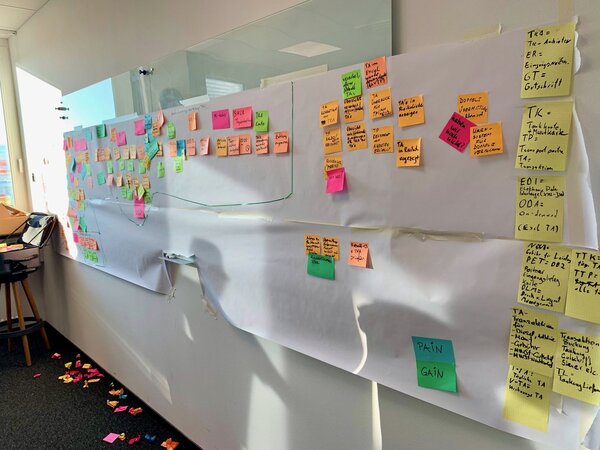
Add Details
Afterward, we digitized the output — the Event Storming Board — with pictures and uploaded it to a Miro-Board. This was the preparation for our next focus: get a deeper understanding of the existing technical systems and to experience the process, that we captured as a “Big Picture” on the Event Storming Board, in a more detailed, real life perspective. As this process is already a digital one, it was just perfect to observe the daily work of the involved people in a remote format.
With the consent of the users, we captured their work routine via screenshots and Post-ITs and placed them on our Miro-Board by linking them with elements of our Event Storming Board. Remote formats, and especially Miro, allow you to work in parallel and rearrange or edit the content on the infinite digital canvas. In the end, we had a pretty good overview of how the process looks and how it’s implemented on a technical level.
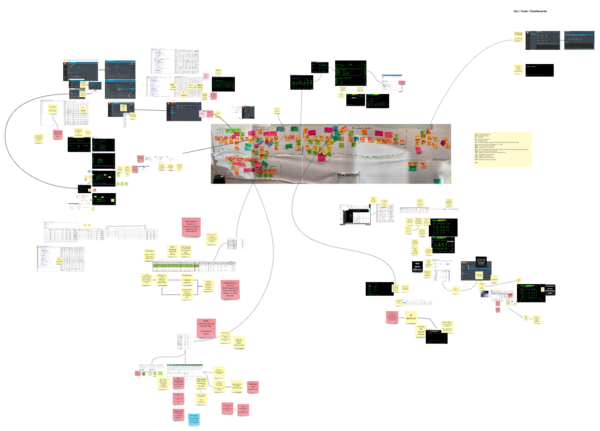
Capturing technical information along the Event Storming Board
Propose Solutions
In preparation for the 3rd workshop, we captured existing ideas for potential solutions and mixed them with some concrete inputs from us to propose a solution, represented as a series of user interface mock-ups, to the client. In our case, we were quite confident about our proposal, but we still needed feedback from the client and a decision on the format: remotely or on-site?
From our experience, remote workshops lack exactly the points that were most important to us: reading people’s body language, observing emotions, and having interactive discussions. So we found a way around the remote-friendly tools like Balsamiq or Figma, which are great for online collaboration and interactive prototypes but are quite limiting when working in person. In our case, we decided to build paper-based prototypes instead and give the clients a hands-on approach to solving the problem.
We created several prototypes on flipcharts and a lot of (prepared) Post-ITs that were revealed gradually during our presentation of the solution. The effect was as anticipated: we had vivid discussions on the flipcharts, changed their look and functionality several times, and got visual confirmation about our solution from the participants. While the preparation of the paper-based prototypes is probably more work, it was justified by the outcome — in the end, half of the room was covered with our artifacts and the client got a very good impression of how a solution can look like and how pieces are connected.
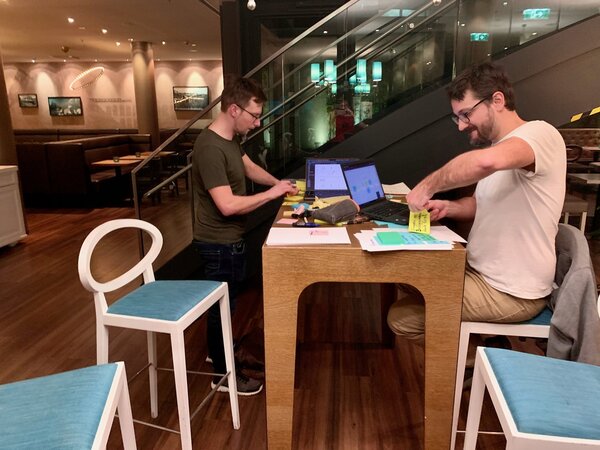
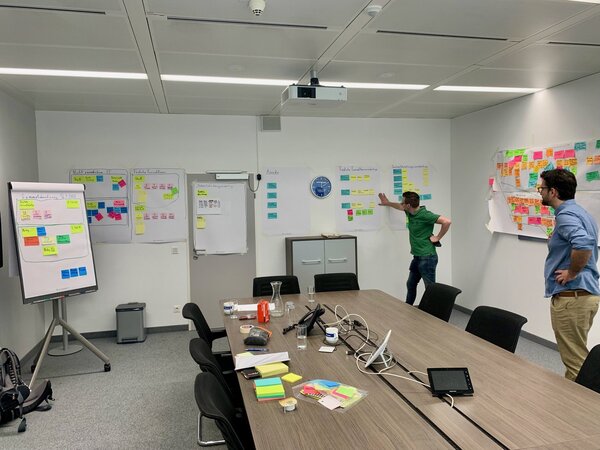
Sketching a Roadmap
In our last workshop, we discussed a potential roadmap to deliver the proposed solution to the client. A workshop focusing on rough planning, prioritization, and estimations and not on creative processes and discussions. For these kinds of activities, a remote format is good enough, and we sketched a roadmap together using the Miro Board.
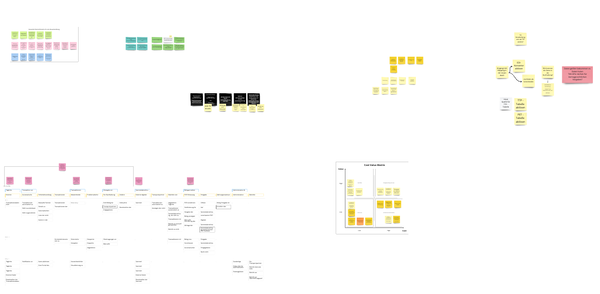
Sketching a Roadmap and Priorities
Benefits of working with Trustbit
In our case, choosing a hybrid approach paid off: for activities that require creativity or interactivity and where emotions play a role, an on-site workshop worked out great. On the other side, analytical and information-driven things can be handled nicely in a remote setting. Combining the artifacts of both worlds in e.g. a Miro Board was quite successful and simple for us.
In most cases, a hybrid approach is probably the best way to go — choose the workshop setting based on the goals you want to reach and make sure the client gets the best possible outcome!





